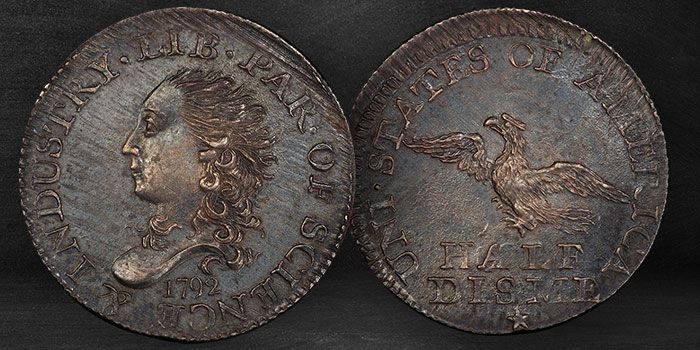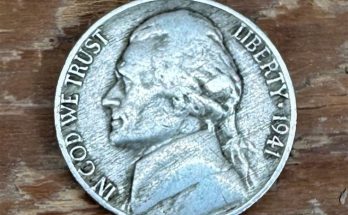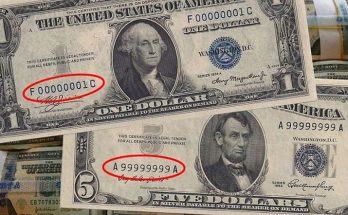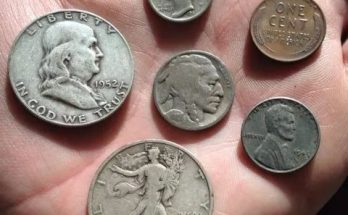On Sunday, October 23, 2022, bidding ended on Greatcollections.com for a prime example of a classic American numismatic rarity, the 1792 Flowing Hair Half Disme. Graded MS 64 by PCGS–and with at most 10 to 15 examples graded higher–this coin is one of the nicest surviving examples. Quite possibly a once-in-a-lifetime opportunity to acquire such an important American coin, the coin sold for $355,000 USD ($399,375 with Buyer’s Premium) after 23 bids.
While it is known that this coin was issued by the fledgling United States Mint during its first mintage of roughly 2,000 coins in 1792, there were many unanswered questions about this early series: Were they struck by the Mint or by a private contractor? Did the silver come from George Washington? Were they actually placed into circulation? And so on.
It turns out that it was actually Thomas Jefferson who provided the silver bullion ($75 worth) for the half disme mintage. Also, 1,500 coins were struck by Mint contractor John Harper, followed by a second small issuance of 200 to 500 coins by the U.S. Mint. Lastly, Jefferson spent these pieces in Pennsylvania, Delaware, Maryland, and Virginia between July 13 and October 5, 1792.
Today, it is estimated that 10% of the original 2,000-coin issuance has survived, meaning roughly 200 coins are known to exist. Most of these surviving specimens were relatively heavily circulated, and only a handful remain in mid-to-high Mint State. This particular example has a provenance stretching back to the Bartlett Collection sale in 1979. It was later bought by the Greenwald-Jackson Collection and sold in 2013 for $470,000. Most recently, this coin was sold in 2014 for $329,000. Its devices are incredibly sharp, and the original surfaces are elevated by deep gunmetal toning with subtle hints of rose gold on Liberty’s hair and the reverse eagle’s feathers.
All early precious metal coins were weighed before striking to ensure the proper quantity of metal was used. This was so the government didn’t lose money when producing them. On this example, adjustment marks are visible mainly on the obverse. Luckily, the coin was struck so boldly that the adjustment marks only affect the denticled border and parts of the legends. Additionally, as is not uncommon with early Mint issues, the dies were slightly misaligned when this coin was struck. The obverse is perfectly centered, while the reverse is somewhat off towards the six o’clock position. As a result, while the denticles are off the flan, all of the legend and the entirety of the design is visible.
Design
The obverse of this early American rarity depicts a windswept Lady Liberty with locks of hair blowing straight back and a wrap around her neck. Directly below the bust truncation is the date 1792. Interestingly, a lock of hair is placed so low that the 2 in the date is dramatically smaller than the other numbers. The legend, which wraps around the design just inside the beaded border, reads LIB · PAR · OF · SCIENCE & INDUSTRY.
The reverse has the same beaded border surrounding the abbreviated legend UNI · STATES OF AMERICA. The flying eagle motif is quite scraggly looking. Below the eagle’s talons is the denomination in two rows (HALF DISME) with a five-pointed star below.
The edge is diagonally reeded.



